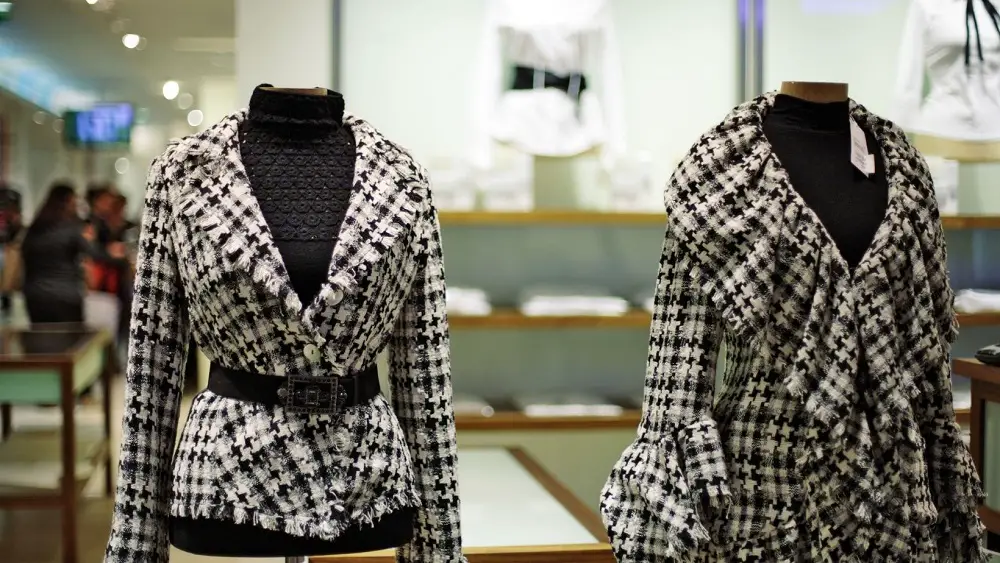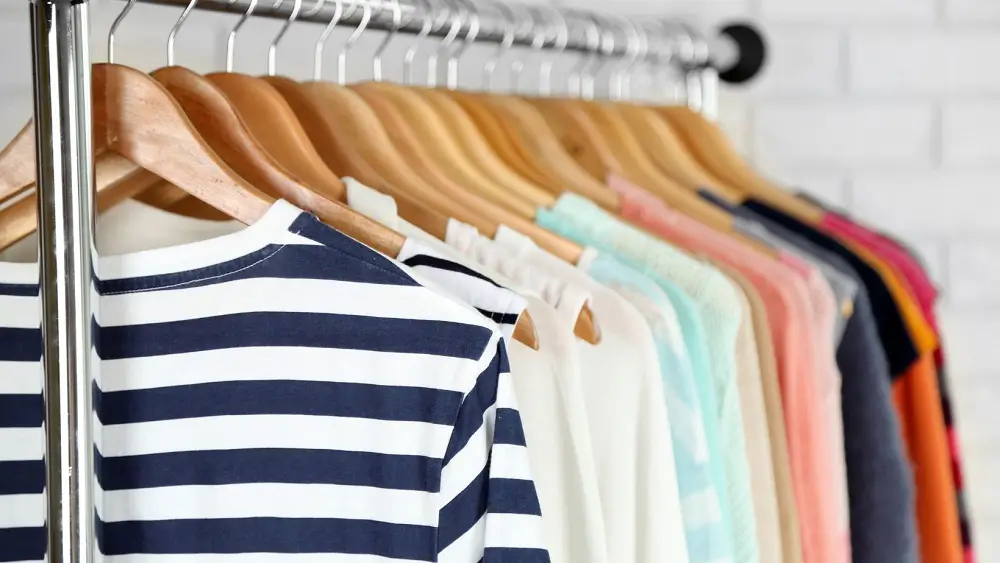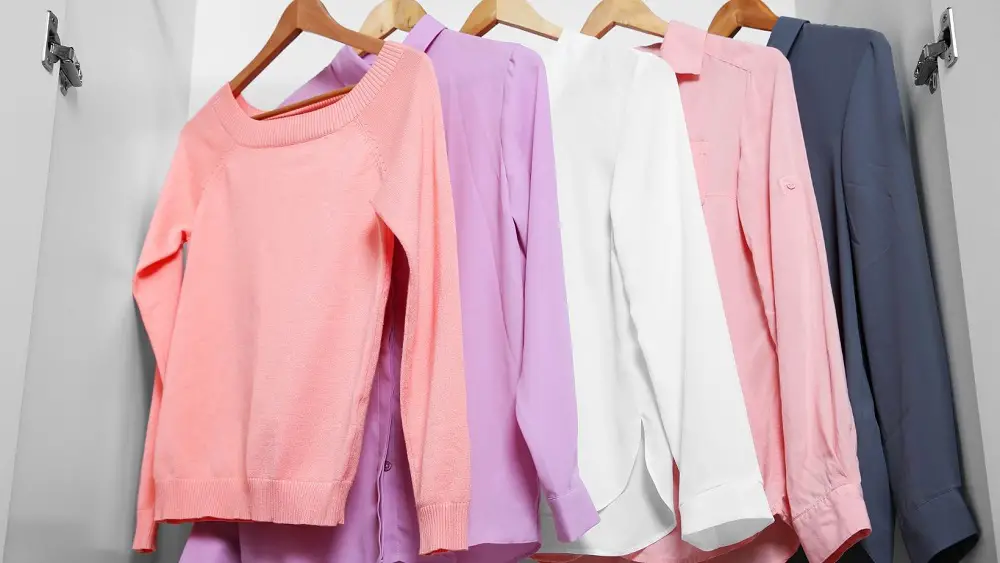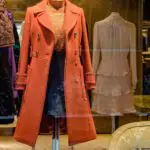As one of the leading retailers in the US, you’ve probably heard of Target.
Target is a general merchandise retailer with over 1,900 stores across the US, 20 global offices, and 40 distribution centers nationwide. Target’s products range across anything from clothing and homewares to food and stationary.
Target is such a big corporation in fact that they are named the eighth largest in the United States.
Their retailing businesses include the discount store Target, the hypermarket SuperTarget, and the small scale stores previously named CityTarget and TargetExpress are all under the umbrella of Target branding.
Originally starting as Goodfellow Dry Goods in 1902, the very first Target store opened in Minneapolis in 1962 as a discount retailer and has since expanded massively to include other large conglomerates such as CVS Pharmacy, Disney, Nike, and Starbucks inside its many stores.
Target has recently grown massively with its use of social media promotion and celebrity endorsements, basically- consumers want what Target has to offer.
Target clothing is actually a host of other smaller brands all licensed under the Target name.
These have varying environmental specs and are constantly changing to keep up with retailer demand.
You might be wondering then, is Target an ethical company, and are they fast fashion?
What Is Fast Fashion?
Fast Fashion is clothing that is cheaply made and produced, designed to be ‘trendy’ and seasonal.
This usually means that the clothing is not good quality, as the marketing model of fast fashion encourages buyers to keep on consuming and coming back for more clothes season after season- so why would companies want to make clothing that stands the test of time?
This exploitative marketing strategy means that clothing goes out of style incredibly quickly and consumers are often driven by internet marketing and celebrity endorsement to always be following the latest trends rather than invest in pieces that will last more than a few months.
The problem with fast fashion is a big one- more clothing made just to be thrown away into landfills and clothing made cheaply normally means they are made out of unsustainable materials and with little to no transparency on working conditions for the employees who make the clothing.
How To Tell If A Company Is Fast-Fashion?
There are so many factors to consider to determine if something is fast fashion. Luckily, there are a few key questions you can ask about an item of clothing and the company that makes them.
This list is by no means unlimited but it’s a good place to start. Is the item built to last? Is the item designed to be worn more than a few times? Is the item made in fair and ethical conditions?
Can you trace the origin of the product from material to production and workers’ conditions? Is the item fairly priced to accommodate a fair wage to those who make it?
If these answers are not readily available to the consumer, sorry but the chances are you’re buying fast fashion.
Labor Conditions
As Target has an umbrella of both owned brands and partner brands, it’s hard to trace all their various labor conditions.
Brands like Nike for example are well known for having exploitative labor practices all over the world and have some of the worst track records for human rights violations in the fashion industry.
By supporting and housing these brands, Target is still supporting unfair labor practices.
However, Target aims to have a transparent supply chain by 2025 and aims for their in-house brands to do the same including having forced-labor prevention and gender equity that is measured by outside sources.
Environmental Initiatives
Due to growing consumer demand, over the last few years, Target has made reducing manufacturing waste a huge focus of theirs.
Whilst Target may be a fast-fashion company, they have taken more steps than most to reduce the use of energy, materials, and harsh chemicals in their supply chain.
Target has teamed up with many of its big-brand partners such as Levi’s and Nike to form the Sustainable Apparel Coalition or SAC. SAC aims to look into companies manufacturing processes and come up with solutions to limit their environmental impact and waste.
Target has also made aims to be an industry- leader in reducing their plastic waste by 2030 by teaming up with more recycling schemes and sustainable brands.
As far as big corporate drives go, Target is taking steps to be more environmentally conscious.
Should I Stop Buying From Target?

Unfortunately, yes. If you are looking to be a sustainable consumer, buying from a huge corporation from target just doesn’t make any sense.
Target’s main aim as a company is to keep buyers coming back for more and they have a vested interest in retaining customers’ attention.
Under the guise of new sustainability initiatives and environmental drives, Target is still a corporate power that aims to keep shoppers shopping and whether they make those clothes out of recyclable materials or organic cotton, Target is still selling the idea that you as a consumer always need to keep buying more, season after season.
There is a reason Target continues to make record-breaking profits and is a billion-dollar company despite toting popular jargon about environmental impact and sustainability initiatives.
They rely on constant consumer-driven sales and this will never change regardless of their so-called good intentions.
Final Thoughts
Target does have some sustainable brands under its umbrella but as a consumer, you are better off supporting businesses that have a transparent supply chain for all their products and invest in pieces that last if possible.
Compared to other big brands and retailers it is clear that Target is aiming to be better stewards to the environment and their future and past initiatives show this.
However, the best way to limit your environmental impact when it comes to refreshing your wardrobe is to buy items second-hand if possible and cut out the waste involved in creating these new items of clothing altogether.






